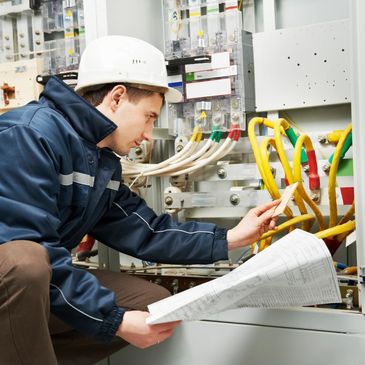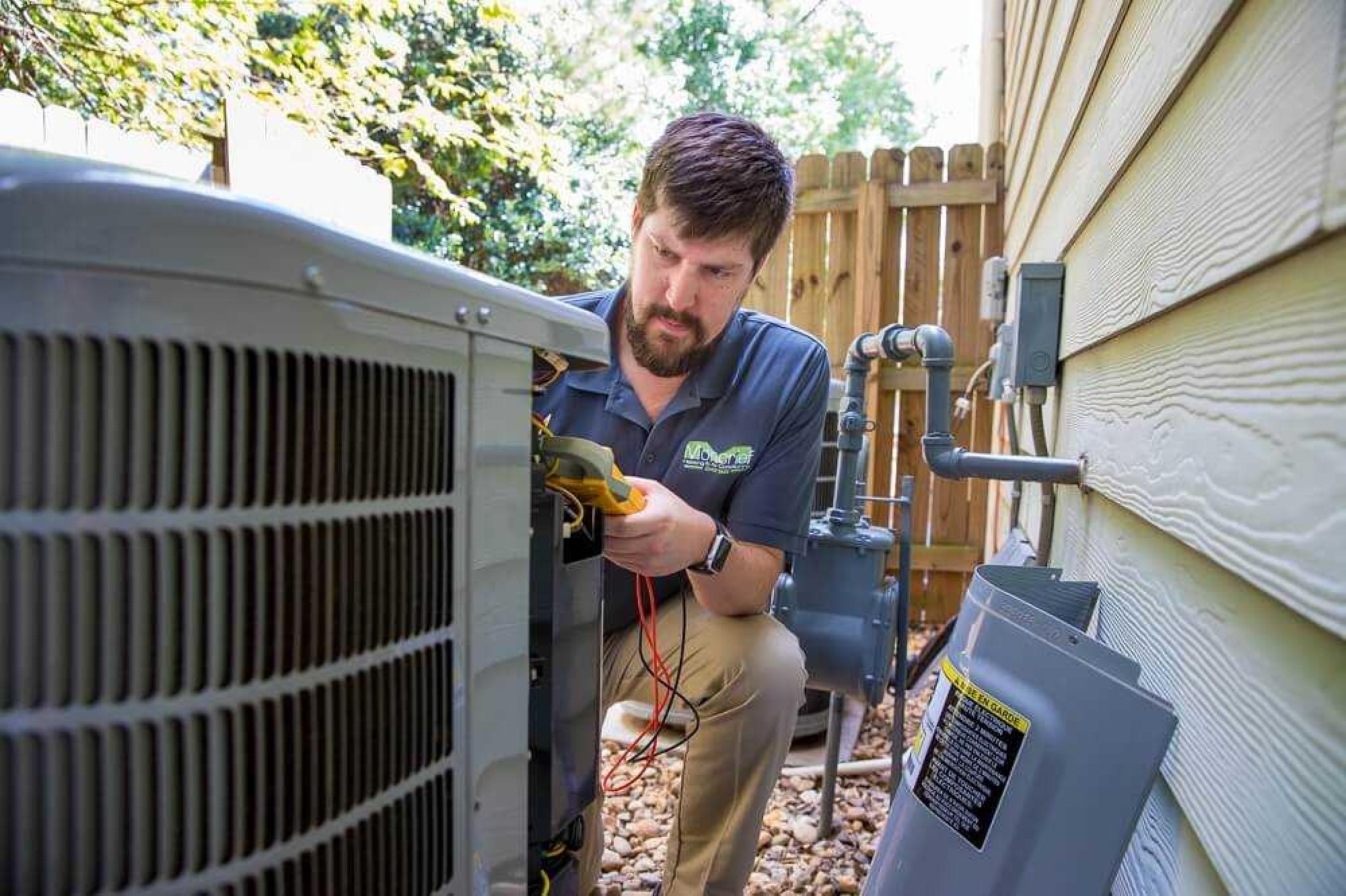The Significance of Quality Air Conditioning Repair Service in Brownwood TX
The Significance of Quality Air Conditioning Repair Service in Brownwood TX
Blog Article
The Value of A/c Setup: Trick Factors To Consider for a Comfy Indoor Setting
The setup of an A/c system is an essential part in accomplishing a comfy and energy-efficient interior atmosphere. Aspects such as the suitability of the system for particular building needs, proper sizing to prevent inefficiencies, and the experience of service providers for a top quality installment play essential roles. The fostering of innovative innovations can considerably improve system efficiency.
Selecting the Right System

When selecting a heating and cooling system, it is important to assess the ability called for to effectively warm or cool the space without overworking the system, which can lead to increased wear and operational costs. Consulting with an expert a/c professional can provide important insights into selecting a system that lines up with both the anticipated use and the architectural layout patterns of the building.
Additionally, taking into consideration the integration of clever innovation can enhance system monitoring and tracking, using higher control and possible expense financial savings. By thoroughly examining these aspects, one can ensure the option of an a/c system that not just meets instant needs however additionally adds to lasting functional sustainability and resident convenience.
Understanding Energy Performance
Understanding energy efficiency is essential when thinking about a cooling and heating installation, as it straight influences both the environmental footprint and the functional prices of the system. High-efficiency heating and cooling devices are designed to use less power to attain the very same level of convenience as much less efficient models, consequently minimizing utility costs and advertising sustainability. The efficiency of a heating and cooling system is typically indicated by ratings such as SEER (Seasonal Energy Effectiveness Proportion) for a/c or AFUE (Yearly Gas Application Performance) for heaters. Higher rankings represent greater effectiveness and decreased energy consumption.

Purchasing an energy-efficient HVAC system not just converts to cost savings however likewise adds positively to environmental conservation by decreasing greenhouse gas discharges. Additionally, numerous jurisdictions use motivations or rebates for the installment of high-efficiency systems, further improving their monetary charm.
When reviewing energy performance, take into consideration advanced features such as variable speed electric motors, clever thermostats, and zoning capabilities. These developments boost the system's capability to adapt to varying need, thereby optimizing energy usage. It is crucial to consult with heating and cooling experts who can give understandings right into the ideal alternatives customized to particular environment problems and use patterns, making sure maximum efficiency and convenience.
Value of Appropriate Sizing

Alternatively, a small HVAC system will have a hard time to get to the wanted temperature level, particularly during severe weather. This can cause continuous procedure, causing greater power expenses and prospective getting too hot of system parts. Furthermore, inadequate sizing can bring about inconsistent temperature distribution, triggering particular locations of a structure to be also warm or too trendy.
To achieve the correct sizing, a thorough load estimation is essential. This involves examining numerous elements such as the structure's square footage, insulation levels, window kinds, and local climate problems. By precisely identifying the heating and cooling needs of a room, a/c specialists can recommend systems that guarantee effective operation, reduced energy intake, and improved interior comfort.

Ensuring High Quality Setup
A smooth HVAC setup is the cornerstone of a system's durability and performance. This specialist should possess thorough understanding of diverse systems and be experienced at examining the details needs of the building.
Appropriate installation surpasses mere positioning of equipment. It entails specific calibration to ensure optimal air flow, efficient energy consumption, and consistent temperature circulation. This consists of accurate ductwork installment, ensuring links are protected and go to my blog leak-free, which is essential for keeping system performance and indoor air top quality.
In addition, the application of innovative diagnostic tools throughout installation can discover prospective concerns early, avoiding expensive fixings and prolonging the life-span of the system. The contractor needs to likewise guarantee that all parts work and that the system conforms with local building ordinance and laws.
Regular Upkeep Practices
As read the article soon as the foundation for a high-performing a/c system is established through quality setup, the emphasis should shift to routine upkeep practices to make sure ongoing efficiency and reliability. Routine upkeep not only prolongs the life-span of the system yet also improves indoor air top quality, decreases power intake, and protects against costly repair work. Crucial upkeep tasks include regularly changing air filters, cleaning evaporator and condenser coils, and examining the system for leaks or clogs.
This straightforward job can considerably boost air circulation and system effectiveness. Additionally, specialist service technicians ought to check the system every year, inspecting for cooling agent levels, electric connections, and overall system efficiency.
Interest to ductwork is also essential; securing and cleaning air ducts on a regular basis stops air loss and contamination. Implementing an upkeep schedule makes sure that minor problems are dealt with prior to they intensify, guarding the system's operational read review stability. By sticking to these maintenance techniques, house owners can maximize their cooling and heating system's functionality and preserve a comfy indoor atmosphere year-round.
Conclusion
By choosing a suitable system tailored to particular building needs, comprehending energy efficiency, and making certain correct sizing, inadequacies can be lessened. The involvement of skilled service providers assurances quality installation, while the assimilation of sophisticated technologies boosts system performance and surveillance.
Several types of HVAC systems are offered, including split systems, crossbreed systems, duct-free systems, and packaged heating and air systems, each with unique advantages and constraints.
Comprehending power effectiveness is essential when taking into consideration a Heating and cooling installment, as it directly impacts both the ecological footprint and the operational prices of the system. The effectiveness of a HVAC system is usually suggested by rankings such as SEER (Seasonal Energy Performance Ratio) for air conditioners or AFUE (Annual Fuel Utilization Efficiency) for heating systems (lawn irrigation installation Brownwood TX).Once the foundation for a high-performing Cooling and heating system is established with top quality installation, the focus ought to move to routine upkeep methods to make certain ongoing effectiveness and reliability. Additionally, specialist service technicians must check the system yearly, inspecting for refrigerant degrees, electrical connections, and total system efficiency
Report this page